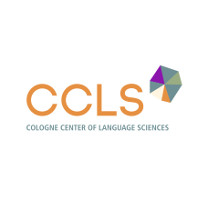This talk argues that the diverse causal domains underpinning human language converge and interface at a single privileged locus, a ∼2½-s opportunity for action, called the enchronic envelope. Evidence is given for the existence and nature of the envelope as a universally primary frame for the selection, deployment, and evolution of linguistic structure. The first key argument is that language is a form of action and will therefore be structured similarly to physical actions. The second is that because linguistic actions exploit principles of communication, they are subject to a legibility constraint, which requires speaker–recipient calibration, thus importing strong constraints on the design of linguistic structures from the interpersonal alignment of the dyad in the enchronic time frame of social interaction. The case is made that this envelope is the site at which processes at diverse timescales must be realized. The account has implications for our developing understanding of languages in complex-adaptive-system terms. It seeks to advance the complex-systems idea for language by showing that highly diverse linguistic networks and processes are moored to a single, central interface, where language is processed, learned, transmitted, and conventionalized.
